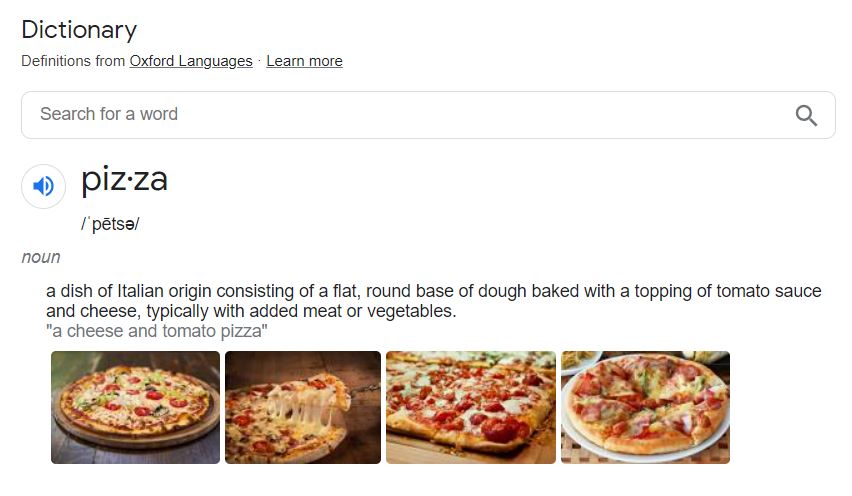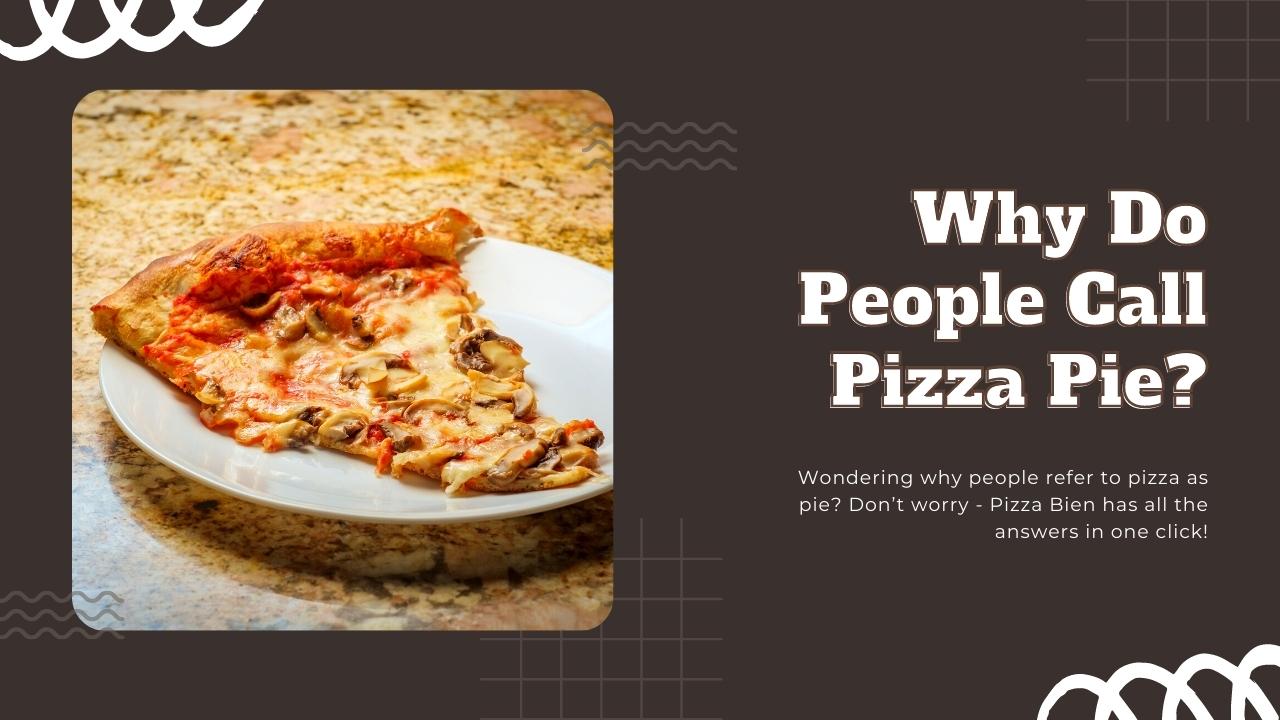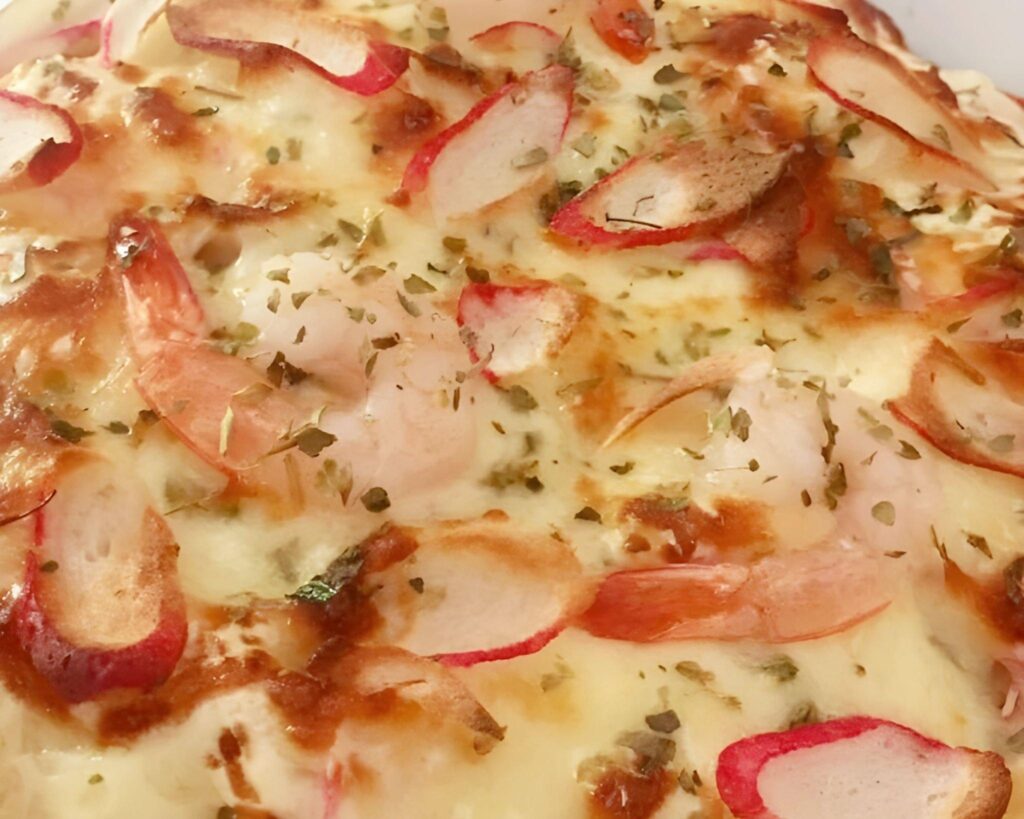Origins Of Pizza And Its Characteristics

The origins of pizza can be traced back to Naples, Italy in the 18th century. This popular dish was initially made with simple ingredients such as dough, tomato sauce, and cheese. Over time, various toppings like pepperoni, mushrooms, and vegetables were added to create different flavors. Pizza is known for its thin, crispy crust, and its versatility to accommodate various toppings and flavors. Its characteristics include the combination of savory and tangy flavors, the melted cheese, and the delicious aroma that fills the air when it is freshly baked.
1 Italian Origins Of Pizza
Italian origins of pizza can be traced back to Naples in the 18th century. It was a simple dish made with dough, tomato sauce, and cheese. This humble creation was initially popular among the working class as it provided a quick and affordable meal. Pizza quickly gained popularity and spread to other regions of Italy and eventually around the world. Its origins in Naples are still celebrated today, with the city being known as the birthplace of pizza. The traditional Neapolitan pizza, with its thin, crispy crust and fresh toppings, embodies the essence of its Italian roots.
2 Key Ingredients And Cooking Methods Of Pizza
Pizza is typically made with a few key ingredients that give it its distinct flavor and texture. The main ingredients include dough made from flour, yeast, water, and olive oil, which creates the base of the pizza. Tomato sauce, made with tomatoes, garlic, herbs, and olive oil, adds a tangy and savory element. Cheese, usually mozzarella, is another essential component that adds a creamy and melty texture.
When it comes to cooking methods, traditional pizza is cooked in a hot stone or brick oven. The high heat creates a crispy crust while quickly melting the cheese and cooking the toppings. Modern methods also include baking in a conventional oven or even grilling the pizza for a charred and smoky flavor. The cooking time varies depending on the thickness of the crust and the desired level of crispiness.
Pizza As A Pie: Arguments In Favor

One of the main arguments in favor of classifying pizza as a pie is the similarity in composition between the two dishes. Both pizza and traditional pies have a crust, filling, and often a topping. This similarity suggests that pizza can be considered a type of pie. Additionally, the cooking method of pizza, with its use of dough and toppings encased within a crust, further supports the idea that pizza shares characteristics with pies. These factors contribute to the argument that pizza should be classified as a pie in the ongoing debate.
1 Pizza As A Type Of Pie
Pizza can be considered a type of pie due to its similar composition and structure. Both pizza and traditional pies have a crust, filling, and often a topping. The crust serves as the base, the filling can be made up of various ingredients such as cheese, meats, and vegetables, and the toppings add flavor and texture. This resemblance in components supports the argument that pizza can be classified as a pie. Additionally, the cooking method of pizza, with its use of dough and toppings encased within a crust, further strengthens this classification.
2 Similarities Between Pizza And Traditional Pies
Both pizza and traditional pies share certain similarities, which contribute to the argument that pizza can be classified as a type of pie.
- Composition: Both pizza and traditional pies have a crust, filling, and toppings. The crust serves as the base, the filling can consist of ingredients like cheese, meats, and vegetables, and the toppings add flavor and texture.
- Structure: Both pizza and traditional pies have a layered structure, with the crust enclosing the filling and toppings. This similarity in structure showcases the resemblance between the two.
These shared characteristics highlight the similarities between pizza and traditional pies, supporting the argument that pizza can indeed be considered a type of pie.
Pizza As A Distinct Category: Arguments Against

2 Culinary differences between pizza and pies:
While some argue that pizza can be classified as a type of pie, there are distinct culinary differences that set them apart. Unlike traditional pies, which typically have a sweet filling, pizza usually has a savory combination of ingredients. Pies are often baked in an enclosed dish, while pizzas are cooked on an open oven rack, giving them a different texture and cooking process. Additionally, pies are traditionally served as a dessert or a main course, while pizza is commonly enjoyed as a casual, handheld snack or meal. These differences highlight the unique characteristics of pizza as a distinct culinary category.
1 Unique Characteristics Of Pizza
Pizza has several unique characteristics that set it apart from traditional pies. Firstly, pizza is known for its round and closed shape, with a flat, thin or thick crust that serves as the base. This differs from the open-top shape of pies. Additionally, pizza is typically topped with a combination of savory ingredients such as cheese, sauce, meats, and vegetables, creating a savory flavor profile unlike the sweet fillings found in pies. The toppings are spread on top of the dough, giving pizza its iconic appearance. These distinct features make pizza a distinct culinary creation.
2 Culinary Differences Between Pizza And Pies
When it comes to culinary differences between pizza and pies, there are a few key distinctions to consider. Firstly, the cooking methods vary significantly. Pizzas are typically cooked in a hot oven at high temperatures, resulting in a crispy crust and the melting of the cheese and toppings. On the other hand, traditional pies are often baked at lower temperatures for a longer time, allowing the fillings to cook thoroughly and develop a rich, thick texture. Additionally, the toppings and fillings used in pizzas and pies also differ, with pizzas typically featuring a wider range of savory ingredients, while pies tend to focus on sweet fillings such as fruits or custard. These culinary variations further highlight the unique characteristics of both pizza and pies. *
Comparative Analysis Of Pizza And Pies

When conducting a comparative analysis of pizza and pies, there are several factors to consider. In terms of crust, pizza typically has a thin and crispy base, while pies have a thicker, flakier crust. As for toppings, pizza offers a wide range of savory options such as meats, vegetables, and cheeses, whereas pies focus more on sweet fillings like fruits or custard. In terms of presentation, pizzas are often round and served in slices, while pies come in various shapes, such as round or rectangular, and are typically cut into wedges or squares. Cultural perceptions and historical context also play a role in differentiating these two iconic dishes. Ultimately, both pizza and pies have their distinct characteristics and are beloved by food enthusiasts worldwide.
1 Crust, Toppings, And Presentation Comparisons
Crust, toppings, and presentation are key factors that differentiate pizza from traditional pies. Pizza typically has a thin and crispy crust, while pies have a thicker and flakier crust. In terms of toppings, pizza offers a wide range of savory options such as meats, vegetables, and cheeses, while pies focus more on sweet fillings like fruits or custard. Additionally, pizzas are often round and served in slices, while pies come in various shapes and are typically cut into wedges or squares. These contrasting characteristics highlight the unique culinary experience of both dishes.
2 Cultural Perceptions And Historical Context
Cultural perceptions and historical context play a significant role in the ongoing debate about whether pizza is a pie. The perception and understanding of these culinary creations vary across different cultures and geographical regions. In Italy, the birthplace of pizza, it is traditionally seen as a distinct dish separate from pies. However, in other parts of the world, the classification of pizza as a pie may be more widely accepted. Furthermore, the historical context of pizza’s evolution and its popularity as a fast and convenient meal also contribute to the debates surrounding its classification.
Public Perception And Debates

Public perception plays a crucial role in the ongoing debate about whether pizza is a pie. The classification of pizza has ignited passionate discussions among food enthusiasts and divided opinions. Numerous polls and surveys have been conducted to gauge public opinion on the matter, further fueling the debates. While some argue that pizza is indeed a type of pie due to its shared characteristics and composition, others firmly believe that pizza is a distinct category of its own. The clash of opinions has made the classification of pizza a topic of ongoing debate and discussion within the culinary world.
1 Popular Opinions On Pizza’s Classification
Popular opinions on the classification of pizza vary greatly among individuals. Some people firmly believe that pizza is a type of pie due to its shared characteristics, such as its round shape, doughy crust, and various toppings. They argue that the basic structure of pizza mirrors that of traditional pies, making it reasonable to classify it as such. However, there are also those who strongly disagree with this classification, asserting that pizza is a unique food in its own category. They emphasize the distinct flavor, texture, and cultural significance of pizza, which sets it apart from traditional pies.
2 Debates Among Food Enthusiasts And Culinary Experts
The classification of pizza as either a type of pie or a distinct category has been a topic of intense debate among food enthusiasts and culinary experts. Many engage in passionate discussions, presenting arguments and counterarguments to support their viewpoints. Some debates center around the definition of a pie and whether pizza fits that definition, while others focus on the unique qualities that set pizza apart from traditional pies. These debates showcase the diversity of opinions within the culinary community and highlight the ongoing fascination with the classification of pizza.
Conclusion And Final Thoughts

In conclusion, the debate surrounding whether pizza should be classified as a type of pie remains unresolved. Despite the arguments presented on both sides, there is no definitive consensus. The classification of pizza ultimately comes down to personal interpretation and cultural perception. Pizza’s unique qualities, such as its crust, toppings, and cooking methods, distinguish it from traditional pies. However, the similarities between the two cannot be overlooked. The ongoing debates and discussions demonstrate the continued fascination with the classification of this beloved food. Whether you consider it a pie or a distinct category, pizza will always hold a special place in the culinary world.
1 Summary Of Arguments Presented
After thoroughly examining the arguments, it is clear that the classification of pizza as a pie is subjective and open to interpretation. Those in favor of categorizing pizza as a pie highlight the similarities in ingredients, cooking methods, and presentation. On the other hand, those who argue against this classification emphasize the unique characteristics of pizza, such as its distinct crust and culinary traditions. Ultimately, whether one considers pizza a pie or a distinct category depends on personal perspective and cultural background. The ongoing debates and discussions fuel the ongoing fascination with the classification of this beloved food.
2 Reflection On The Ongoing Debate About Pizza’s Classification
The ongoing debate about whether pizza is a pie or a distinct category reflects the passion and cultural significance of this beloved food. It highlights the diverse perspectives and interpretations that people have when it comes to food classification. The fact that this debate continues to generate discussions and interest among food enthusiasts and culinary experts shows the enduring fascination with pizza and its place in culinary traditions. Ultimately, whether one considers pizza a pie or a unique creation, it is evident that pizza holds a special place in the hearts and stomachs of people around the world.
FAQ About Is Pizza A Pie: Debating Pizza’s Classification
Q: What is the ongoing debate about whether pizza is considered a pie?
A: The debate centers around the classification of pizza as a type of pie due to its similar characteristics, such as a dough base and toppings.
Q: How do some people argue that pizza is not a pie?
A: Some argue that a pie traditionally consists of a crust that encloses or covers a filling, which differs from the open-faced nature of pizza.
Q: Why do others believe that pizza should be categorized as a pie?
A: Those in favor of classifying pizza as a pie point to the broader definition of a pie as a dish with a baked or fried dough base and a filling or toppings, which aligns with pizza.
Q: Is the debate about whether pizza is a pie purely semantic?
A: While semantics play a role, the debate also touches on cultural perceptions, culinary distinctions, and the evolution of food categories over time.
Q: How can individuals settle the pizza as pie debate?
A: Ultimately, the classification of pizza as a pie may vary depending on personal interpretation and regional culinary customs, making it a subjective and ongoing discussion in the culinary world.

Ganello’s Pizza Company, located at 1431 Peterson Rd, is a beloved establishment that has been serving delicious pizzas, pasta, salads, and more for years. Our mission is to bring joy and satisfaction to our valued customers through our mouthwatering menu and convenient ordering process. Established with a passion for creating the perfect slice, Ganello’s Pizza Company has become a cornerstone of the local community. Our commitment to quality ingredients, exceptional flavors, and friendly service has earned us a loyal following of pizza enthusiasts and food lovers.